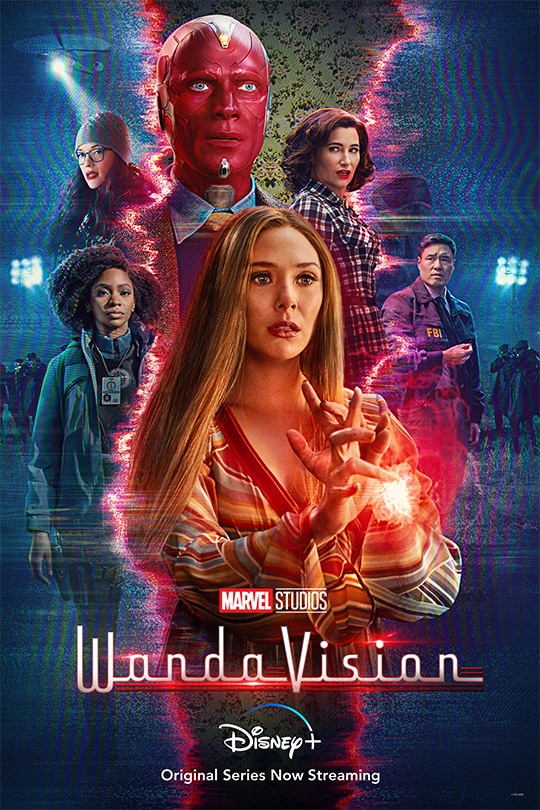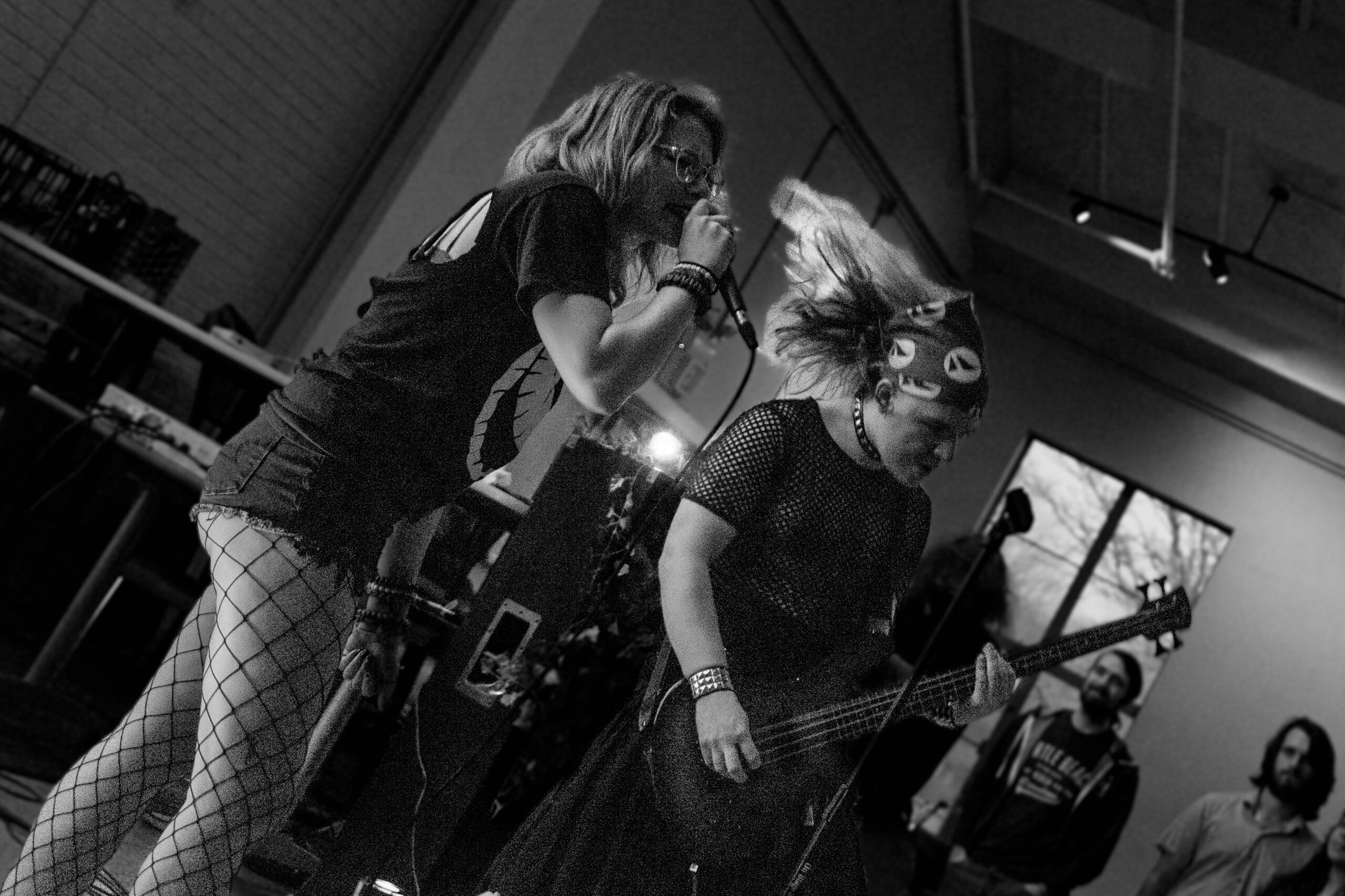With the airing of the last episode of ‘WandaVision,’ how does the series that both enraptured and infuriated it’s viewers on a weekly basis hold up when viewed as a whole? Photo from disneyplusoriginals.disney.com.
The kickoff to Disney+ Marvel Cinematic Universe content that was “WandaVision” has been a huge hit with audiences.
The series is centered around the mind control of the residents of Westview, New Jersey by Wanda Maximoff as she comes to grips with all that she has lost. This reality, lived separate from the mainstream MCU to date with the events of “Avengers: Infinity War” and the like, is an “ideal” world created by Wanda. The world, as it is revealed, was created after Wanda lost everyone she has loved and deals with the grief that comes with it, leaving no one left to help her reign in these feelings.
Director Matt Shakman does an incredible job portraying the breakdown of Wanda’s psyche throughout the show, as each episode begins with an increasingly worn down Wanda introducing the episode. Every episode takes after a different decade of television and is distinguished not only by black and white film or costuming changes, but also aspect ratio changes of the visuals themselves.
The residents of Westview in this reality have their true identities suppressed by Wanda’s mind control as they are each given roles reminiscent of their real-life personas but none of the memories associated. We see how heavily this wears on them as Vision unearths their true personas and they beg to be saved from this mind control.
Information is relayed to the audience through different decade-styled episodes of Wanda’s self-curated show “WandaVision.” Each episode gets creepier and creepier as the slow burn continues to ebb and flow with Wanda becoming more aware of what she has done to these people while Vision tries to get them help. This self awareness grows and is symbolized through ads curated for the show to represent Wanda and reference outside events within the MCU. Every episode prods Wanda further along as she comes to reckon with the fact that she cannot play God anymore. Through her children, she realizes the humility in learning these lessons firsthand.
Episode eight of the series is the most impactful episode emotionally. Here, we are shown just how much Wanda has lost in her life; first, we see how her parents were killed in an airstrike in Sokovia on family TV night. We see how Wanda, as a child, had tethered TV shows to cope with horrific events in her life as the “Dick Van Dyke Show” continues playing on their TV right behind a rendered-harmless Stark Industries missile.
Then, we are shown how her powers were amplified by the mind stone and she watches another sitcom in her Hydra isolation cell. The reflection of the Scarlet Witch in the mind stone in Wanda’s eyes in this scene is beautiful.
Lastly, we are shown Wanda, after she lost her brother Pietro in “Avengers: Age of Ultron,” watching the 2000s sitcom “The Middle” in her room of the Avengers compound. Here, we see Vision enter the room and try to comfort Wanda after losing her brother. Vision poses the question “What is grief, if not love persevering?” which had many people on Twitter raving about the screenwriting.
This episode puts into perspective why Wanda chose the format of TV sitcoms for her show: to deal with her loss and, in the end, accept what has happened.
All in all, this show is one I would recommend everyone see, even if you are not a self-proclaimed Marvel fanatic like myself. And if you are, I would highly recommend you also read the comic book “House of M,” in which Wanda, also known as the Scarlet Witch, puts the entire world under her mind control after Vision died.



